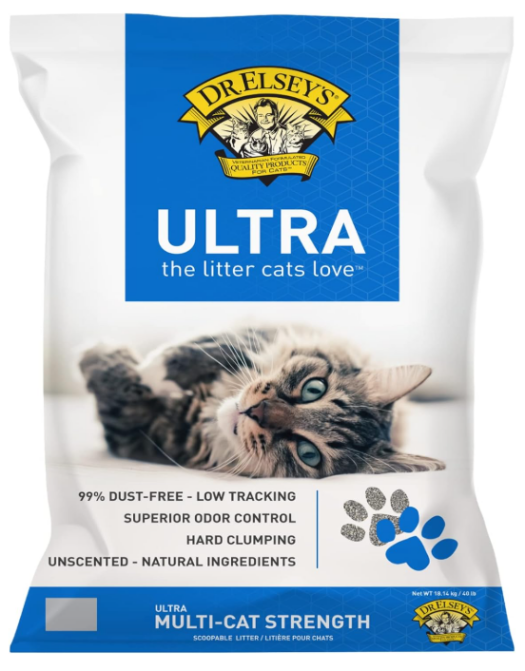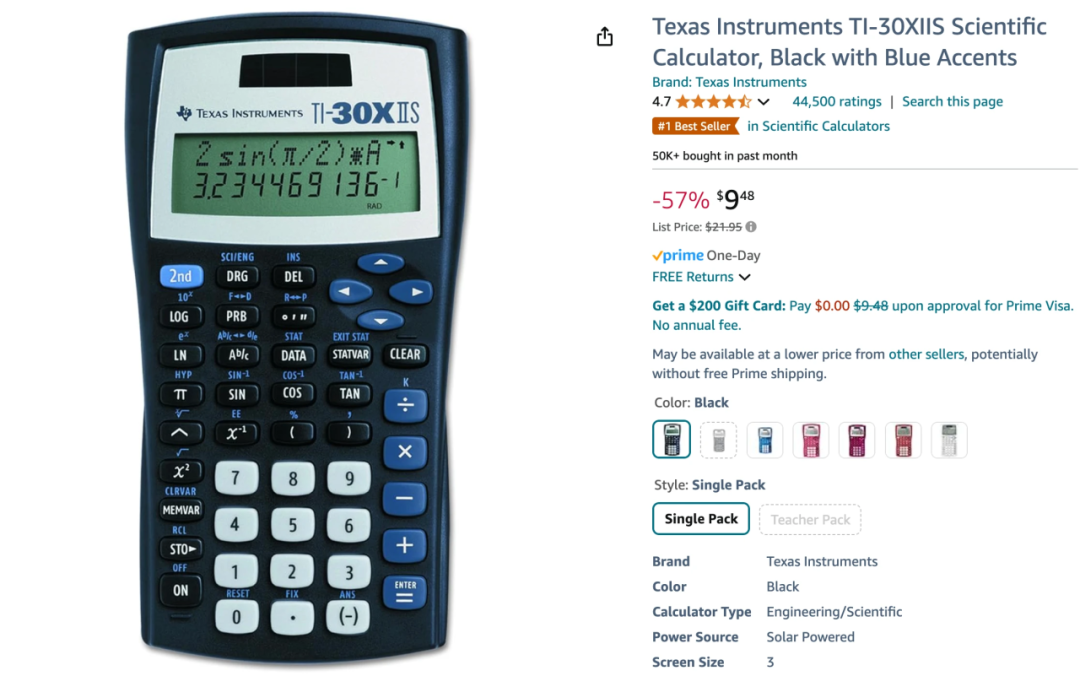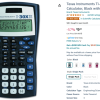The High-Stakes Game of Amazon Product Selection
Choosing a product to sell on Amazon often feels like opening a mystery box—you might hit the jackpot or suffer a financial disaster.
Recently, we came across a new Amazon seller in the U.S. market who experienced a crushing defeat when trying to sell a cable organizer. Before venturing into Amazon, he had been involved in traditional industries. Inspired by a friend who successfully sold the same product through other channels, he assumed it would perform just as well on Amazon. However, not only did he fail to replicate his friend’s success, but he also suffered a massive financial loss. Despite investing over a million dollars in advertising, he barely made a dent in the market.
This case is not just a cautionary tale—it’s a critical lesson for anyone in the e-commerce business. Why did he fail? What should he have done differently? Let’s break it down.

Why Did His Million-Dollar Investment Go to Waste?
1. Lack of Product Differentiation—Lost in the Crowd
The cable organizer he chose to sell was a typical “standardized product.” In other words, the market was already flooded with similar items that looked and functioned almost identically. Without a unique selling point, his product failed to grab consumer attention. Instead of standing out, it got lost in the vast sea of competitors.
2. Insufficient Market Research—Blindly Following Trends
Thorough market research is essential before launching a product. This seller skipped this step. He assumed that just because his friend found success in other sales channels, the product would also thrive on Amazon. However, he overlooked a crucial fact: different platforms have vastly different competition levels, customer behaviors, and buying preferences. On Amazon, if your product lacks competitive pricing, strong demand, or a compelling value proposition, it’s almost impossible to succeed.
3. Over-Reliance on Advertising—Ignoring Product Fundamentals
Advertising is a powerful tool on Amazon, but it cannot compensate for a poorly chosen product. When a product lacks inherent demand or uniqueness, no amount of advertising can generate sustainable sales. This seller poured money into advertising, hoping it would drive conversions. Instead, he faced high ad costs with dismal conversion rates, leading to an enormous financial drain.
4. Poor Pricing Strategy—No Competitive Edge
Price competition is fierce on Amazon. Consumers can easily compare prices and choose the best value. Unfortunately, the seller did not position his product competitively in terms of pricing. In some cases, his price was even higher than similar products on the market. Without a pricing advantage, no amount of advertising could persuade buyers to choose his product over cheaper alternatives.
5. Misunderstanding Market Demand—Selling a Non-Essential Product
A cable organizer is not a necessity. It has a limited target audience and many substitute products. Buyers of such items tend to be rational and selective, looking for the best quality, price, and design. Because the seller failed to conduct thorough demand analysis before launching, he ended up investing in a product that was neither a strong necessity nor a trending item, leading to inevitable failure.

Lessons Learned: The Right Approach to Product Selection
1. Choose a Familiar Market—Play to Your Strengths
The first step in product selection is understanding the market. Sellers should focus on niches they are familiar with, as this knowledge helps them grasp trends, customer needs, and competition. Conducting thorough research and identifying products with strong demand and competitive advantages is crucial. Additionally, sellers must assess their own capabilities and resources to ensure they can effectively manage the product’s sales and marketing.
2. Start Small—Grow Sustainably
Financial resources and operational capacity are key factors in determining success. New sellers should prioritize low-investment, high-return products to minimize risk while gaining experience. Scaling up gradually allows sellers to optimize operations and avoid financial overextension. Expanding too quickly without a solid foundation can lead to costly mistakes and inefficiencies.
3. Price Smartly—Balance Quality and Cost
Price plays a crucial role in Amazon’s competitive landscape. Instead of engaging in a price war, sellers should aim for a balance between quality, cost, and profitability. Optimizing cost structures, streamlining supply chains, and improving efficiency are essential strategies for achieving competitive pricing without sacrificing profits.
4. Follow Market Demand—Sell What People Need
Market demand should be the core focus when selecting a product. Sellers must research trending and high-demand products through data analysis, keyword research, and competitor studies. Additionally, understanding product life cycles and market trends can help sellers stay ahead of shifts in consumer demand.

The Right Product Selection Strategy in Action
◉ Conduct Thorough Market Research
Before listing a product, sellers should gather data from multiple sources, including competitor analysis, consumer behavior studies, and industry trend forecasts. Understanding regional consumer preferences and cultural buying habits is also essential to ensure product-market fit.
◉ Diversify Your Product Portfolio
To mitigate risk, sellers should adopt a diversified product strategy. Testing multiple products and analyzing performance data can help identify winning products while reducing dependence on a single item. A varied product lineup also increases overall sales and profit potential.
◉ Continuously Optimize Your Product
Once a product is selected, sellers must continuously improve it based on market feedback. Enhancements in design, quality, packaging, and pricing can boost competitiveness. Monitoring competitor activity and staying agile in response to market trends are key to long-term success.
◉ Build a Strong Brand Identity
Branding is essential for long-term success on Amazon. Establishing a unique brand image and delivering high-quality products and services foster customer trust and loyalty. Strong branding also protects against competition and counterfeiting. Sellers should invest in brand-building efforts, such as enhanced product listings, professional photography, and effective customer engagement.
Final Thoughts
Whether analyzing Amazon’s algorithm, consumer behavior, or operational insights, one thing is clear—product selection is the foundation of success. A strong marketing strategy can amplify a great product, but no amount of effort can salvage a poorly chosen one. Picking the right product from the start makes the entire process smoother and more profitable.
An effective product selection strategy minimizes risk, maximizes efficiency, and ensures sustainable business growth. Amazon sellers must prioritize product research, continuously refine their selection methods, and stay ahead of industry trends to stand out in a highly competitive marketplace.
Learn from this million-dollar mistake, and make smart, data-driven choices to carve out your own path to success!







